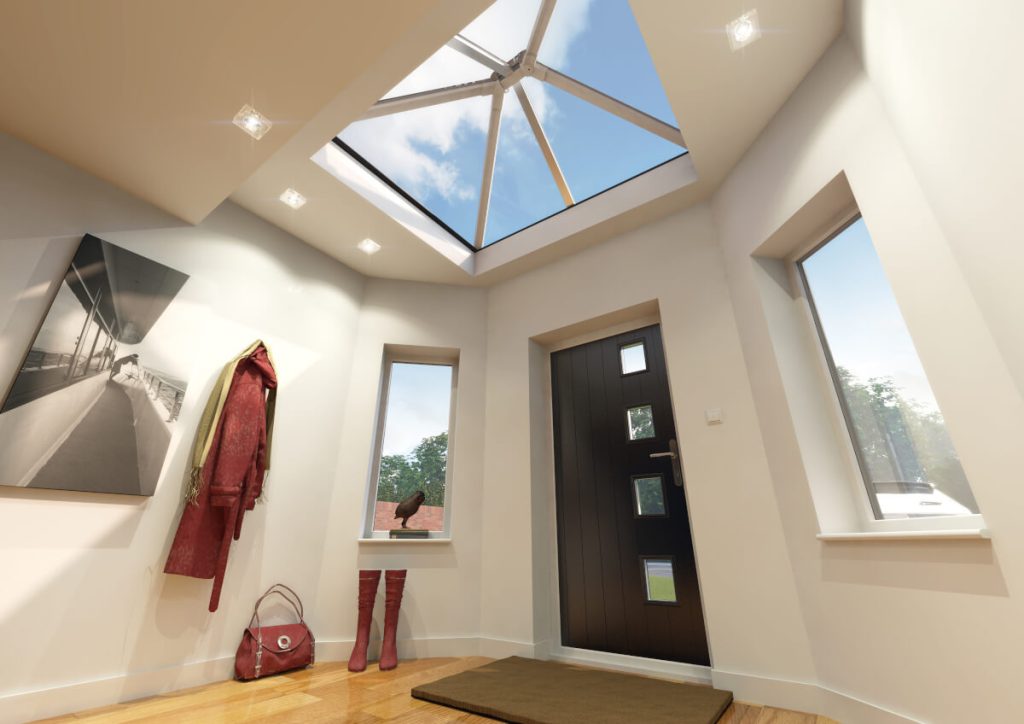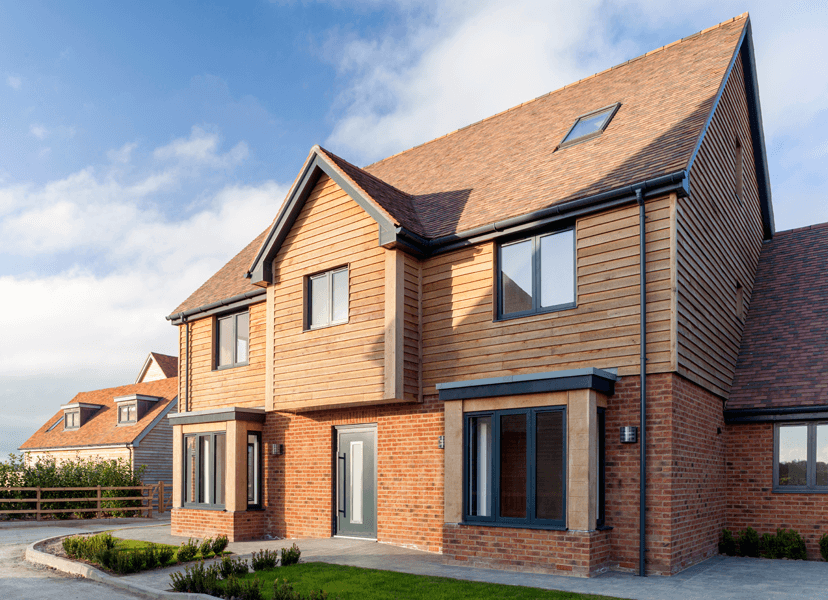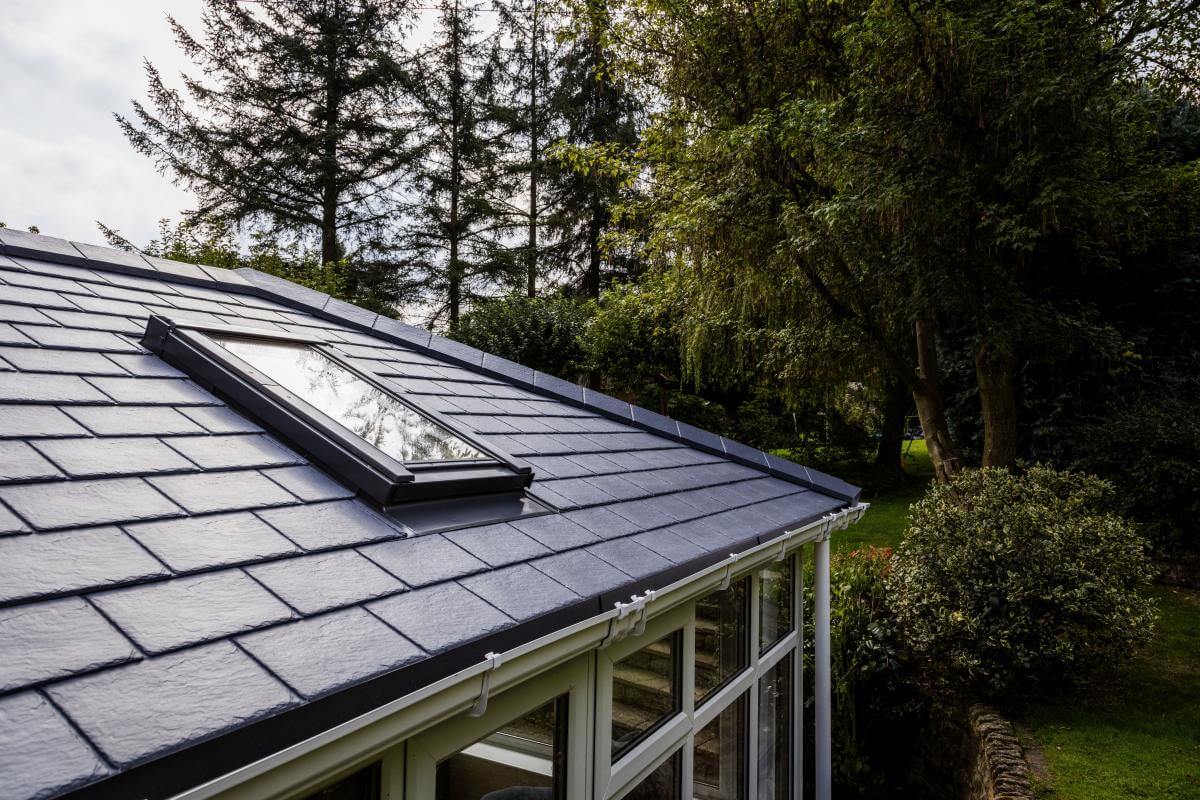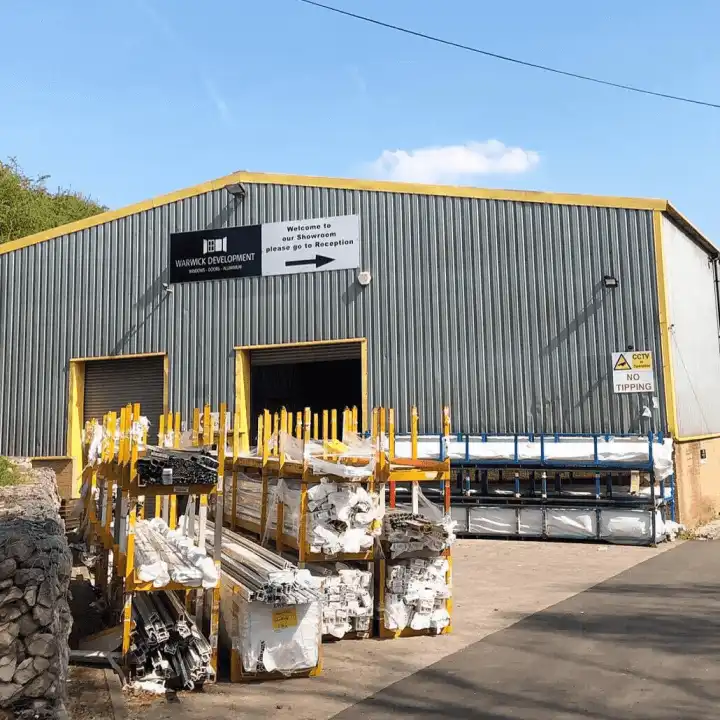How to select the right uPVC windows for your home
- 2 November, 2025|
- News
Key Findings
- uPVC windows are a low-maintenance, energy-efficient choice that can cut your energy bills whilst keeping your home warm
- How to choose uPVC windows for your home: Casement, flush sash, vertical sliders, and tilt and turn all operate differently
- Triple glazing offers superior insulation and noise reduction compared to double glazing
- Multi-chamber profiles and high-security locking systems provide peace of mind and protect against break-ins
- uPVC is sustainable, recyclable, and available in a wide range of colours to suit any architectural style
If you’re thinking about replacing your old windows, you’ve probably wondered what all the fuss is about uPVC. The truth is, modern uPVC windows are nothing like those dated, yellowing frames from decades past. Today’s uPVC window frames are stylish, incredibly durable, and will genuinely make a difference to your home’s warmth and your energy bills.
Wondering how to choose uPVC windows for your home? The good news is that you’ve got brilliant options. Whether you’re after a contemporary look or something more traditional, there’s a uPVC window style to match your vision. You’ll find them in a range of colours, from crisp white uPVC windows to realistic woodgrain finishes, and they’ll perform hard to keep the warm air in and your heating costs down.
At Warwick Development, we’ve been helping homeowners make smart window choices for over 30 years. Whether you’re looking at new windows for a renovation or a fresh build, we’re here to break down the jargon and help you find exactly what you need.
How to choose uPVC windows for your home: Selecting a style
The style of window you pick isn’t just about looks (though that matters too). It’s about how the window actually operates day-to-day. Different styles suit different rooms and preferences, so it’s worth understanding what each brings to the table.
Casement windows
Casement windows are the most popular choice for homeowners across the UK, and for good reason. They’re hinged at the side or top and open outwards like a traditional door. Think of them as the reliable workhorse of the window world.
- Available in a choice of 30 attractive colours, including realistic woodgrain finishes
- A-rated energy efficiency with U-values as low as 0.8
- High-security multi-point locking systems
- Double glazed (28mm) or triple glazing (36mm) options available
- Perfect for both period properties and modern homes
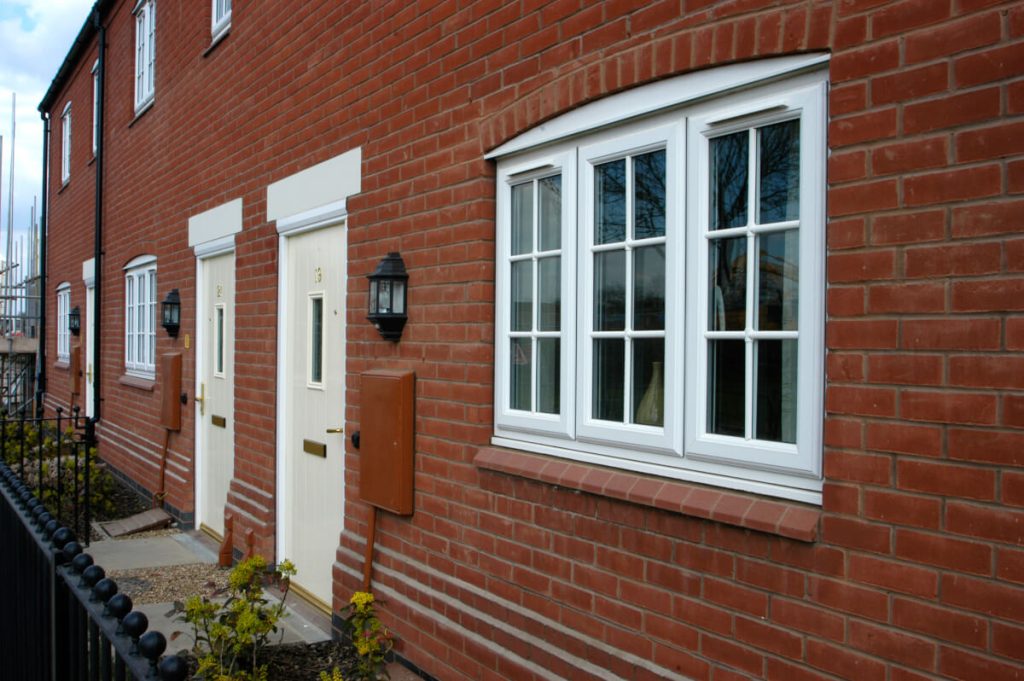
Flush sash windows
If you want that classic timber window look without the maintenance headache, flush sash windows are your answer. The frame sits flush with the wall for a sleek, contemporary feel that still nods to tradition.
- A-rated energy performance with U-values as low as 0.9
- Shoot bolt locking for added security
- 19 standard colours plus 32 additional colour upgrades
- Slimline frames for a refined appearance
- Ideal for listed properties and conservation areas
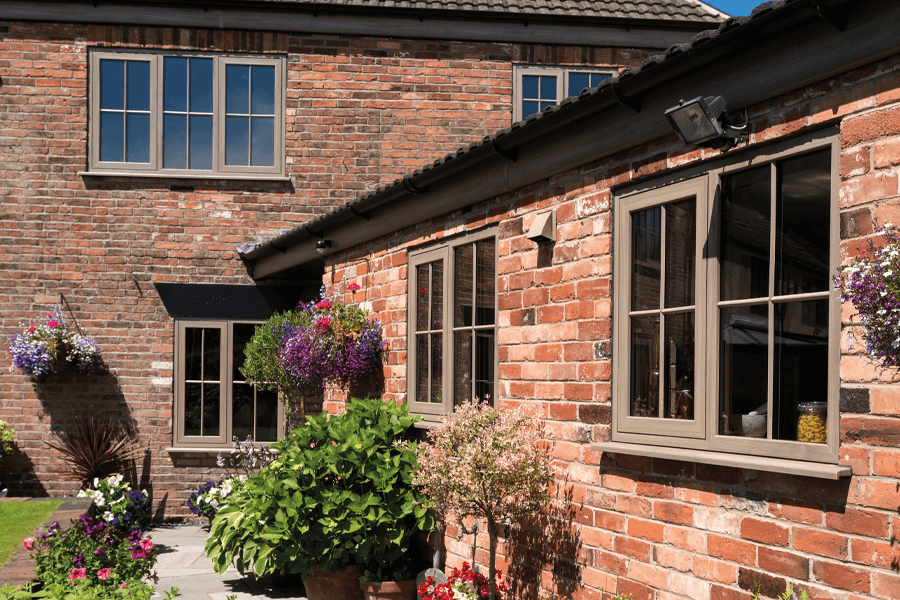
Vertical sliders
Vertical sliders (or sash windows) slide up and down rather than swinging open. They’re brilliant if you’ve got limited space outside your window or simply prefer the elegance of the sash style.
- Smooth, balanced operation
- A-rated energy ratings across the range
- Available in multiple colours and finishes
- Great for period properties looking to maintain character
- High-security locking systems built in

Sliding windows are brilliant for increasing ventilation
Tilt and turn windows
Tilt and turn windows are the versatile option. Tilt them inward at the top for gentle ventilation, or swing them fully open like a casement window. Perfect if you want flexibility.
- Two operating modes for maximum versatility
- Elite energy efficiency with uPVC
- Excellent for hard-to-reach spaces
- High-security credentials
- Contemporary, minimalist appearance
Other factors to consider
Insulation
Here’s the thing: a beautiful window won’t matter much if your home feels like a fridge. Insulation is crucial. Look for multi-chambered profiles that trap warm air and keep the cold out.
We manufacture uPVC windows with impressive thermal performance. Our casement windows achieve U-values as low as 0.8, and our Modus range goes down to 0.7 – that’s better than Passivhaus standards. More insulation means less heat loss, lower energy bills, and a genuinely more comfortable home.
Security
Your windows are entry points, so security matters. High-security locking systems aren’t just peace of mind, they’re a practical necessity.
Our uPVC casement windows feature multi-point locking systems and shoot bolt technology. Each window is BBA accredited as standard, meaning they meet rigorous security standards. Sleep soundly knowing your home is properly protected.
Finish and colour
Don’t overlook how your windows look. Our uPVC casement windows come in 30 colours, whilst our Modus range offers over 30 colour upgrades. Whether you’re after white uPVC windows, contemporary steels, or realistic oak finishes, there’s something to match your home’s style.
Energy efficiency and energy ratings
Energy efficiency directly impacts your wallet. Look for windows with A-rated energy ratings – they’re the gold standard for keeping energy bills down.
Our entire uPVC window range is A-rated. Triple glazing delivers even better performance than double glazing, with superior insulation and noise reduction to boot. If you’re serious about energy savings, triple glazing is the right choice.
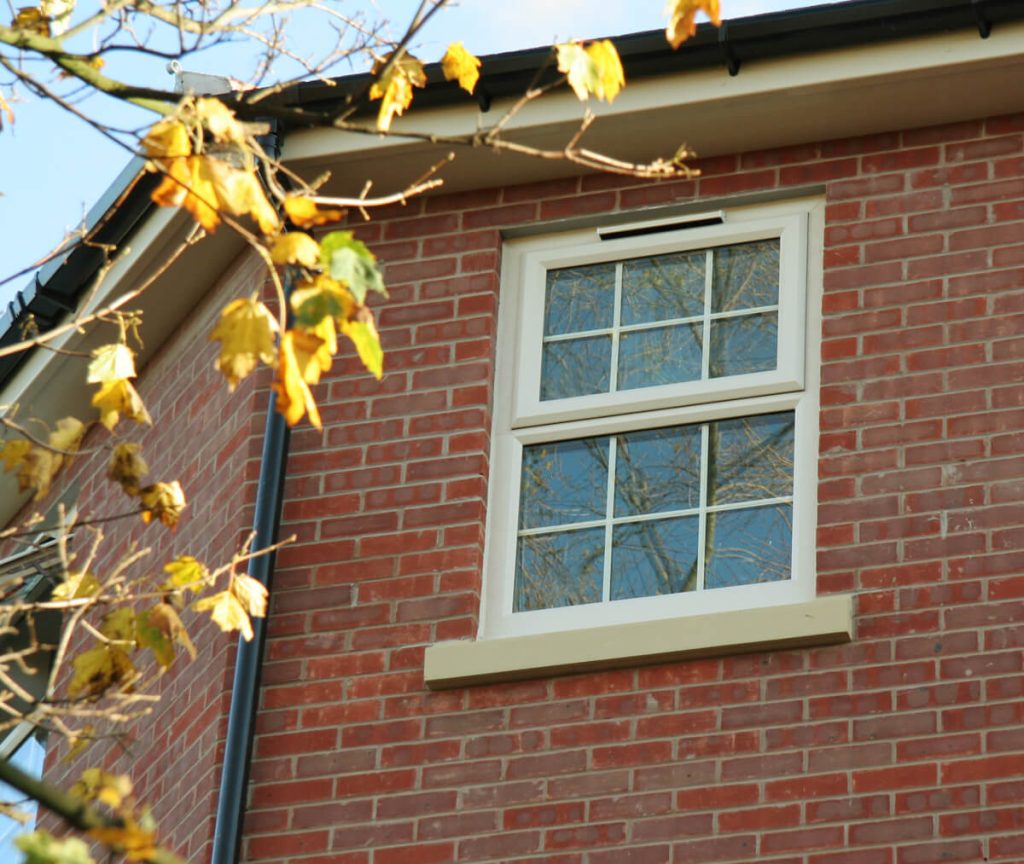
Frequently asked questions
What’s the difference between double and triple glazing? Triple glazing has three panes of glass instead of two, creating an extra insulating layer. It offers better thermal performance, noise reduction, and heat loss prevention, though it comes at a higher cost. Double glazing is also a good solution for most homes.
How do I maintain uPVC windows?
uPVC is brilliantly low-maintenance. Simply wipe frames with a damp cloth and mild soapy water occasionally. No painting, no wood treatment needed.
Are uPVC windows sustainable?
Yes. Our Modus windows are made with 50% post-consumer recycled uPVC, and the material can be recycled up to ten times without quality loss.
What’s the difference between uPVC and aluminium windows?
uPVC excels at insulation and low maintenance, whilst aluminium frames offer a slimmer profile and modern aesthetic. Both are excellent choices depending on your priorities.
How long do uPVC windows last?
With proper maintenance, quality uPVC windows last 20-30 years or more. Our products come with industry-leading guarantees for extra peace of mind.
Who are Warwick Development?
We’re a Sheffield-based manufacturer, supplier, and installer of uPVC and aluminium glazing products. For over 30 years, we’ve been helping homeowners and businesses across the UK find the right windows and doors for their needs.
We’re proud to be FENSA registered and accredited by leading industry bodies including BSI, BBA, and CMS Quality Mark. Our range includes casement windows, flush sash windows, vertical sliders, and tilt and turn windows, all manufactured to exacting standards.
For homeowners within a 45-mile radius of Sheffield, we provide a complete design and installation service. We’ll visit your home, discuss your specific needs, and provide a free, no-obligation quote. We typically turn homeowner quotes around within 48 hours.
Our showroom is open Monday to Friday, call in to see our full range and get expert advice in person. Or give us a ring on 0114 257 1200 to book your free consultation.
Ready to find your perfect windows? Get in touch with Warwick Development today for a free quote and expert guidance on choosing the right uPVC windows for your home.
